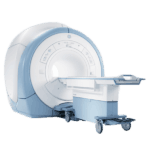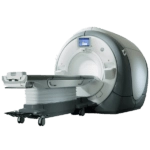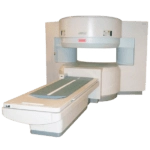Let’s look at some crucial differences between 1.5T and 3T in both performance and safety
When it comes to MRI scanners,1.5T is the standard strength. Often considered a “one size fits all” machine, 1.5Ts work for a variety of different scans and applications, making them a precious commodity for any imaging facility run today.
Therefore, imagine doubling the signal of a 1.5T – double the clarity and quality of images, double the machine performance! Sounds great, right?
However, hold out a bit before you run off to purchase a 3T MRI. Just because a 3T is twice as powerful as a
1.5T, that doesn’t automatically make it the better scanner.
Let’s look at some crucial differences between 1.5T and 3T in both performance and safety below. Perhaps then you’ll have a better understanding of the decision you’re facing.
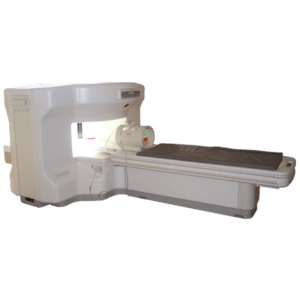
1.5T
- Ideal for abdomen and chest imaging, though 1.5T’s are not as great at seeing minute details.
- Creates great high-quality scans suitable for a huge array of diagnoses.
- Reduces possible motion distortion.
- Runs shorter scan times in comparison to the weaker magnet signals of lesser MRI’s such as 1.0T.
- Offers readily available parts and service engineers.
- Has been tested for compatibility with most metal implanted devices.
- Doesn’t have as many safety risks as 3T due to weaker signal, sound pressure, and heating elements.
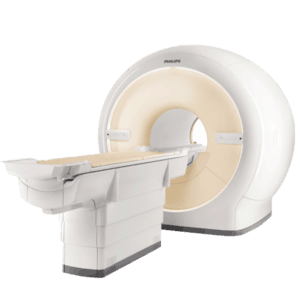
3.0T
- Ideal for small bone, breast, musculoskeletal , neurological, and vascular imaging, due to the 3T’s ability to clarify tiny details.
- Offers same benefits as 1.5T, only heightened: crystal clear images, the reduction of possible motion distortion, and even shorter scan times.
- Higher likelihood of ‘artifacts’ – those pesky annoyances that appear in the image that aren’t the original object.
- Due to higher gradient performance, sound pressure is higher and therefore noisier than 1.5Ts.
- Not every metallic device tested on a 1.5T scanner has been tested on a 3T, making it dangerous for patients with implanted devices to be scanned with a 3T unless approved by their physician.
- Due to higher levels of heat, if the coil array, cable assembly, or connector malfunctions, they may burn on contact.
Get Started
Request Pricing Today!
We’re here to help! Simply fill out the form to tell us a bit about your project. We’ll contact you to set up a conversation so we can discuss how we can best meet your needs. Thank you for considering us!
Great support & services
Save time and energy
Peace of mind
Risk reduction
At the end of the day, you really can’t go wrong with either machine. Both 1.5T and 3T offer plenty of opportunity and benefit for your facility.
3T MRI’s powerful applications may be too much for certain scans and not much more helpful than 1.5T, so use your best judgement when it comes to deciding which is right for you. Mostly, consider personal preference, your specific needs, patient traffic, price point, and the types of scans you’ll be performing.
If you’d like to see image comparisons of 1.5T and 3T side by side, we have you covered there too. Take a look at our blog post from 2016: Visual Comparison of 3T and 1.5T MRI.
When you’re ready to begin your MRI purchase journey, or if you still have questions, the imaging experts here at Amber Diagnostics can help. Contact us here!

